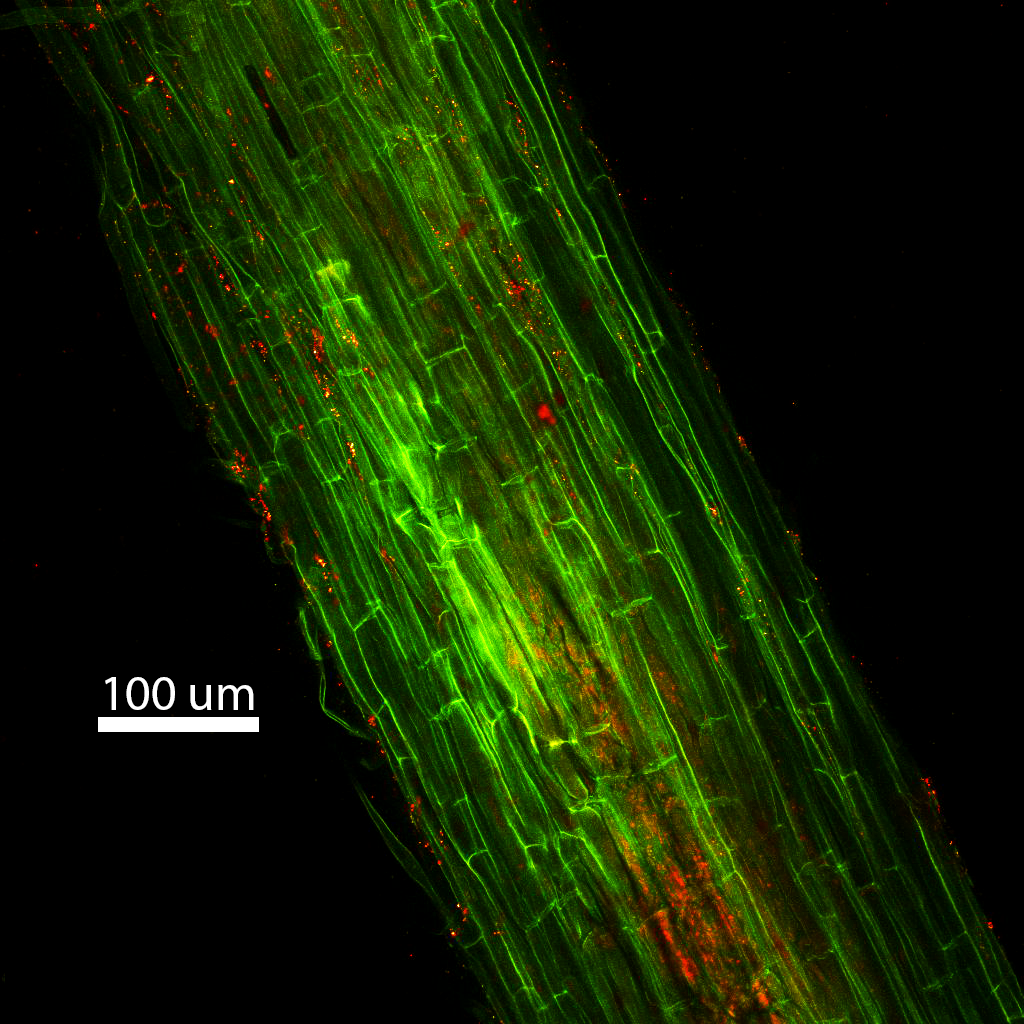NMR and EPR in Novel Regimes
“Deployable” NMR sensors
We are reimagining NMR and EPR spectroscopies, extending them well beyond traditional limits. Our efforts focus on deployable sensors that operate directly within or near the sample environment—from quantum sensors in microfluidic droplets that enable high-throughput ODMR analysis, to sensors embedded in living cells and plant roots to probe the rhizosphere. In parallel, we are advancing zero- to ultralow-field (ZULF) NMR with rubidium atomic sensors, allowing spectroscopy through opaque or metallic containers. Together, these advances enhance the sensitivity, versatility, and chemical reach of NMR and EPR.
Featured Project
Zero to ultralow field NMR
Zero- to ultralow-field (ZULF) NMR enables high-resolution spectroscopy of J couplings, providing unique molecular fingerprints. With respect to conventional methods, this approach offers several advantages, including high throughput, low cost, and the ability to perform chemical spectroscopy even through opaque materials and metals.
Featured Project
Microfluidic Quantum Sensing
We are developing microfluidic platforms that enable quantum sensors to be hosted in movable and deployable form factors. A key focus is on microdroplet emulsions, which act as robust picoliter containers for both sensor and analyte molecules, offering versatile and scalable architectures for NMR/EPR/ODMR sensing.







